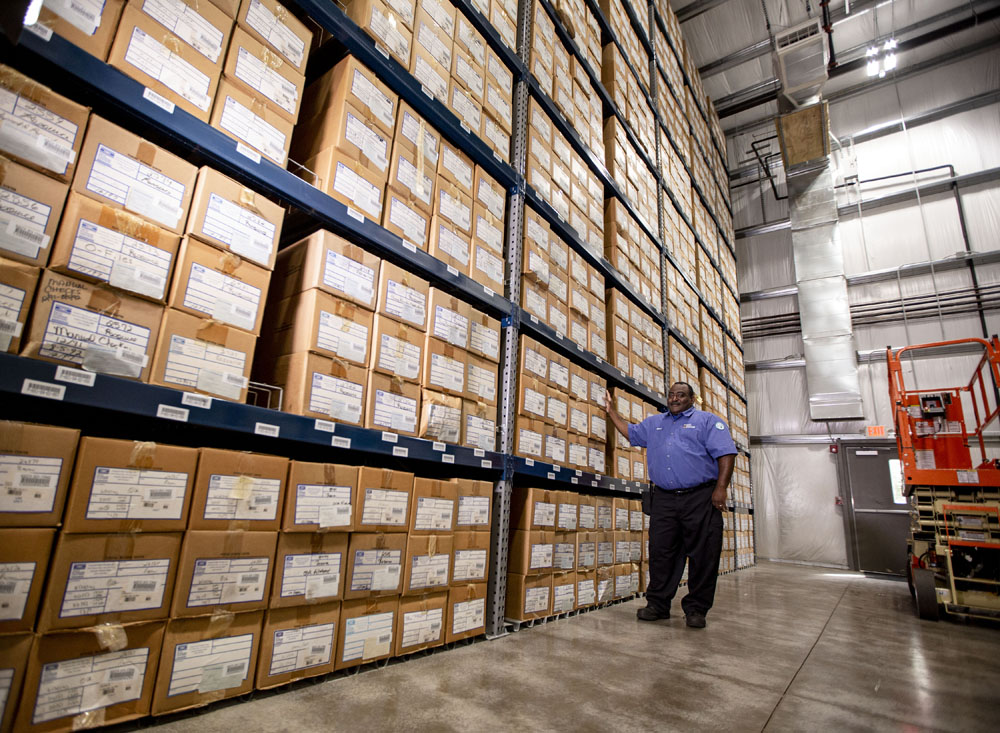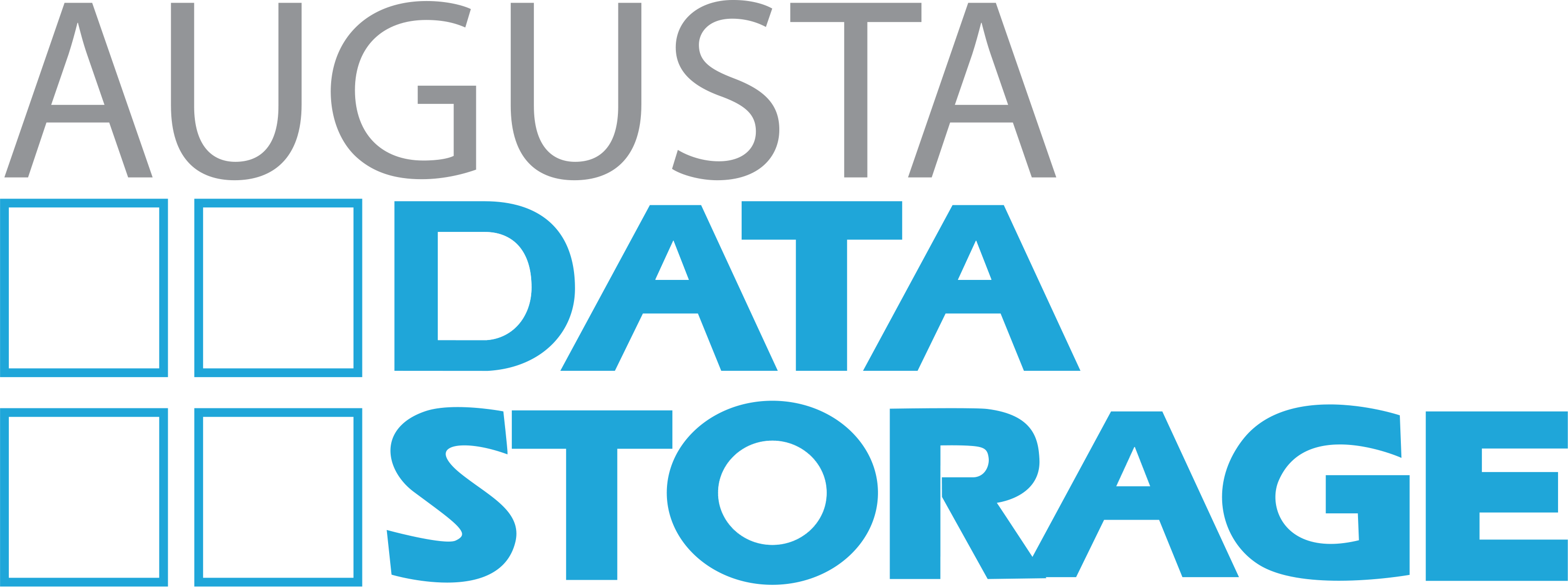Building a Better Chain of Custody

The Importance of a Chain of Custody
In any organization that deals with sensitive information, it is important to have a well-defined chain of custody. The chain of custody is the sequence of responsibility for an item or asset, and it helps to ensure the authenticity of the information. A clear chain of custody can also help with inventory reconciliation and data security. In the event of a breach or leak, having a well-documented chain of custody can help to identify the source of the problem and prevent future breaches. By establishing a clear chain of custody, Augusta Data Storage can help your organization can protect your assets and ensure the authenticity of your information.
Building a Better Chain of Custody
In any record management system, it is essential to be able to track the flow of records as they are stored and received. This is known as the “chain of custody.” By keeping a record of where each record is located at all times, it is possible to ensure that records are not lost or misplaced. Furthermore, tracking the chain of custody can also help to identify any records that have been tampered with.
To build a better chain of custody, it is important to have a record management system in place that can track the movement of records. In addition, it is also necessary to balance access and security. Creating a records management system that allows authorized user to access critical documents, but still includes the proper safeguards to prevent unauthorized access of data.
For example, only authorized personnel should have access to records, and there should be a log of who has accessed each record and when. By taking these steps, it is possible to build a better chain of custody and protect the integrity of your record management system.
The four main players in a chain of custody
The originator: This is the person who creates the document or data.
The custodian: The custodian is responsible for storing and protecting the information.
The processor: The processor is any person responsible for manipulating or using or information, over time
The reviewer: A reviewer is anyone who uses or has access to information to make decisions or complete tasks
Your full chain of custody actually includes anyone who may have access to secure information. This can include people like:
- The person who collected the information, like a receptionist or even an onboarding system
- Any witnesses to the collection
- Any person transporting the information
- The person sending or receiving the information, over time
- The person responsible for storing and archiving information
- The person responsible for destroying information
Ensuring Data Integrity and Security
Data security is vital for any business that collects sensitive customer information. Authorized access to data must be carefully controlled to prevent unauthorized individuals from viewing or modifying sensitive files. In addition, businesses must take steps to ensure that data is correctly transmitted and stored, as any errors could jeopardize customer trust. Furthermore, businesses need to be prepared to respond quickly in the event of a data breach, as failure to do so could result in serious criminal charges. By taking these precautions, businesses can help protect their customers’ data and maintain their trust.
Tips for Maintaining a Chain of Custody
In any business, there are sensitive documents that need to be kept under lock and key. The chain of custody refers to the process of keeping track of these documents from the moment they are created until the moment they are destroyed. Maintaining a chain of custody can be challenging, but it is essential for safeguarding sensitive information.
One way to maintain a chain of custody is to create a policy specifying who is allowed to access sensitive documents and under what circumstances. This policy should be well-documented and strictly adhered to. It is also important to keep track of requests for access to sensitive documents and to keep a record of who has accessed them.
Here are a few best practices for strengthening your Chain of Custody
Keep meticulous records
Create logs detailing who had access to the evidence or information, as well as when they had access. These logs should be dated and signed by both the individual who accessed the evidence or information, as well as by a witness.
Secure the information:
Store information in a secure location, such as a locked filing cabinet or safe. If possible, limit access to those with a need to know. Consider using two-factor authentication to further secure digital assets.
Protect from harmful conditions:
Protect evidence or information from potential damage by storing in appropriate conditions, such as a controlled temperature environment for paper documents or offsite backup for digital assets.
Secure Information Destruction
Information destruction is important in order to protect the integrity of information and evidence. By securely destroying information, you can ensure that it is not accessed or used improperly. This is especially important in cases where information is required to be protected by law. There are many ways to securely destroy information, including shredding documents, degaussing hard drives, and overwriting digital data.
The Future of Data Storage and Security
As the world becomes increasingly digital, the need for reliable and secure data storage solutions is more important than ever. At present, most businesses and organizations rely on a limited number of centralized servers to store their data. However, this approach is vulnerable to large-scale disasters such as fires, floods, and terrorist attacks. In addition, it can be difficult and expensive to maintain adequate security for these servers. As an alternative, many experts believe that decentralized data storage will become more popular in the future. This approach involves distributing data across a network of computers, making it more resilient to attack and easier to secure. In addition, decentralized storage is often less expensive than traditional server-based solutions. As the demand for secure and reliable data storage solutions continues to grow, it is likely that decentralized solutions will play an increasingly important role in the years to come.
As we’ve seen, a chain of custody is an important part of any data security plan. By building a better chain of custody and ensuring data integrity and security, businesses can protect their valuable data assets. In the future, we can expect even more sophisticated attacks on our data. It will be more important than ever for businesses to maintain strong chains of custody and ensure the security of their data. Are you ready to take control of your data? Contact Augusta Data Storage today!
